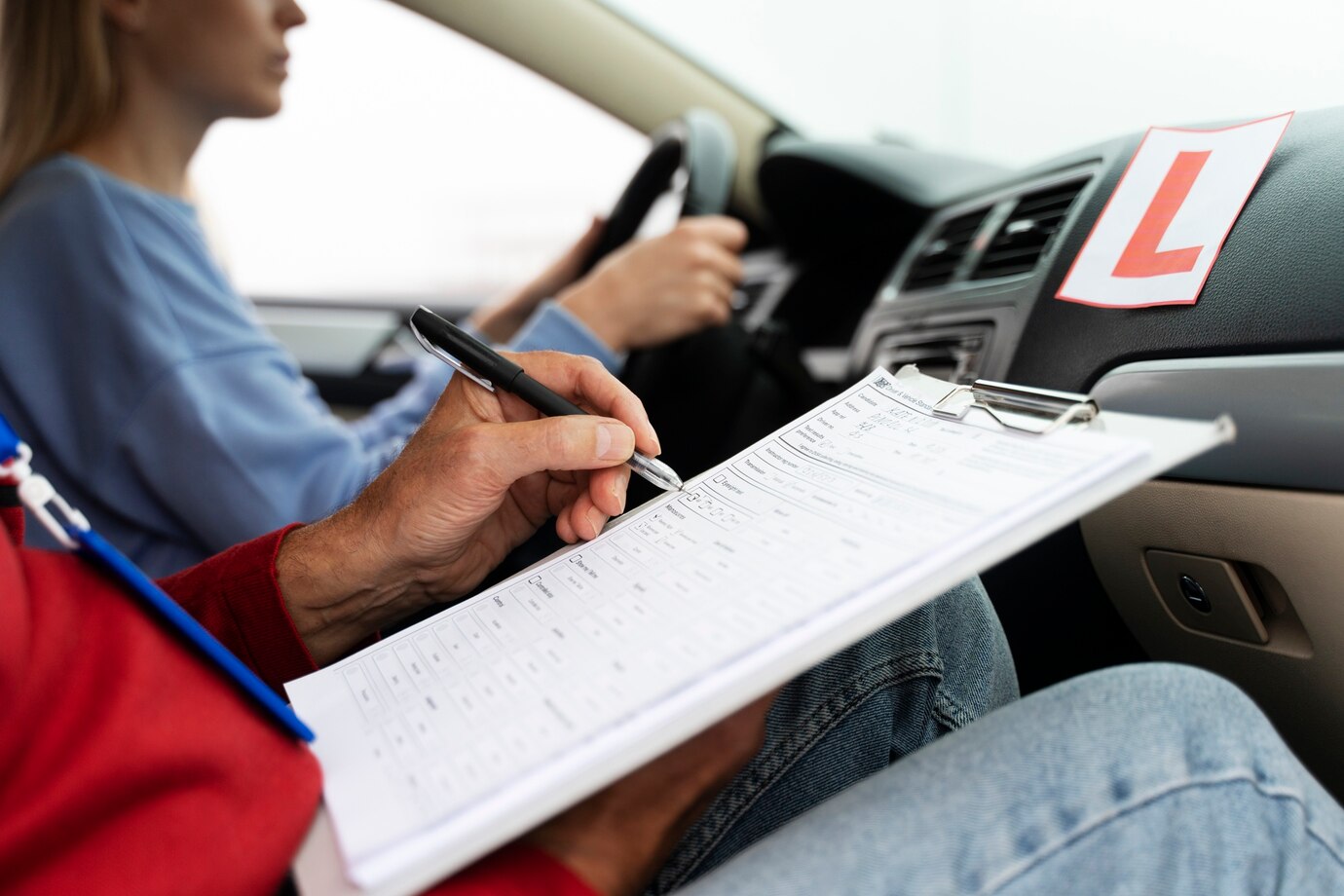Earning your Commercial Driver’s License (CDL) is one of the fastest ways to launch a lucrative career in trucking. But if you’re wondering, “How long does it take to get a CDL?”—the answer isn’t one-size-fits-all. Depending on your training path, state requirements, and personal schedule, it can take anywhere from 3 weeks to 3 months.
This guide breaks down each step of the process, factors that speed up (or slow down) your timeline, and expert tips to get you on the road faster.
Why CDL Training Time Matters
Unlike a regular driver’s license, a CDL requires specialized training and testing. The faster you complete the process, the sooner you can:
✔ Start earning 45,000–80,000/year (or more with experience)
✔ Qualify for company-sponsored training programs (free CDL school!)
✔ Avoid delays from DMV backlogs or retesting
Let’s dive into the exact steps—and how long each one takes.
Step-by-Step CDL Timeline (From Zero to Licensed)
1. Meet Basic Eligibility Requirements (1–7 Days)
Before you can train, you must:
✅ Be the right age
- 18+ for intrastate (in-state) driving
- 21+ for interstate (crossing state lines) or hauling hazardous materials
✅ Hold a valid driver’s license (no suspensions)
✅ Pass a DOT physical exam (~$100, takes 1–2 hours)
✅ Get a Commercial Learner’s Permit (CLP) - Study your state’s CDL manual (free online)
- Pass written knowledge tests (General Knowledge + endorsements)
- Timeframe: If you study hard, you can get your CLP in 1–3 days
🚛 Pro Tip: Some states let you take CLP tests online—saving a DMV trip!
2. Choose Your Training Path (Biggest Time Factor)
This is where timelines vary most. Here are your options:
A. Company-Sponsored CDL Training (3–4 Weeks)
Best for: Fast, free training with a guaranteed job
- Companies like Swift, Schneider, and CR England train you in exchange for a work contract (usually 1 year)
- Programs run full-time (M-F, 8–10 hrs/day)
- Includes behind-the-wheel practice + testing
- Timeframe: 3–4 weeks from start to CDL
B. Private CDL School (4–8 Weeks)
Best for: More flexibility, no work contract
- Costs 3,000–7,000 (financial aid may apply)
- Full-time programs take 4–5 weeks
- Part-time (nights/weekends) takes 6–8 weeks
- Bonus: Some schools help with job placement
C. Self-Paid Training + DMV Testing (Varies Widely)
Best for: Experienced drivers or those on a tight budget
- Practice with a mentor (must have a CDL-holder supervise)
- Schedule skills tests at the DMV (wait times vary)
- Timeframe: 4–12 weeks (depends on DMV delays)
3. Master the Skills Tests (1–2 Weeks)
After training, you’ll take 3 key exams:
- Pre-Trip Inspection (Memorize 100+ checkpoints)
- Basic Vehicle Control (Backing, docking, etc.)
- Road Test (Driving in traffic, shifting, safety checks)
🚛 Pro Tip: Many states allow third-party testers, which can mean faster scheduling than the DMV.
4. Get Your CDL (Same Day–1 Week)
Once you pass:
- Some states print your CDL on the spot
- Others mail it within 3–7 business days
- You can start working immediately (with restrictions if under 21)
How to Get Your CDL Faster
Want to speed up the process? Try these hacks:
✔ Study the manual early (before enrolling) to pass CLP tests faster
✔ Choose an accelerated program (3-week courses exist!)
✔ Practice pre-trip inspections daily (most fail this test the first time)
✔ Test at a third-party site (avoid DMV wait times)
Realistic CDL Timelines (Examples)
| Training Path | Total Time | Cost | Best For |
|---|---|---|---|
| Company-Sponsored | 3–4 weeks | $0 (with contract) | Fastest + free |
| Private School (Full-Time) | 4–5 weeks | 3K–7K | More flexibility |
| Self-Taught + DMV | 6–12 weeks | 500–2K | Budget option |
Final Thoughts
Most people earn their CDL in 4–8 weeks, but with the right plan, you could be driving in just 3. The key? Pick the right training path, study hard, and practice daily.
FAQ
1. Can I get a CDL in 2 weeks?
Rarely. Some military or experienced drivers test quickly, but most beginners need at least 3 weeks for proper training.
2. What’s the hardest part of the CDL test?
Most failures happen on:
- Pre-trip inspection (forgetting items)
- Backing maneuvers (offsets, alley docks)
3. Do I need to go to school, or can I self-study?
Some states allow self-study, but employers prefer certified training. Plus, schools help with job placement.
4. How much do CDL drivers make?
Starting pay: 45K–60K
Experienced: 70K–100K+ (with endorsements like HazMat)
5. What’s the fastest way to get a CDL?
Company-sponsored training (like Knight or Prime Inc.) gets you licensed in 3–4 weeks with no upfront cost.










